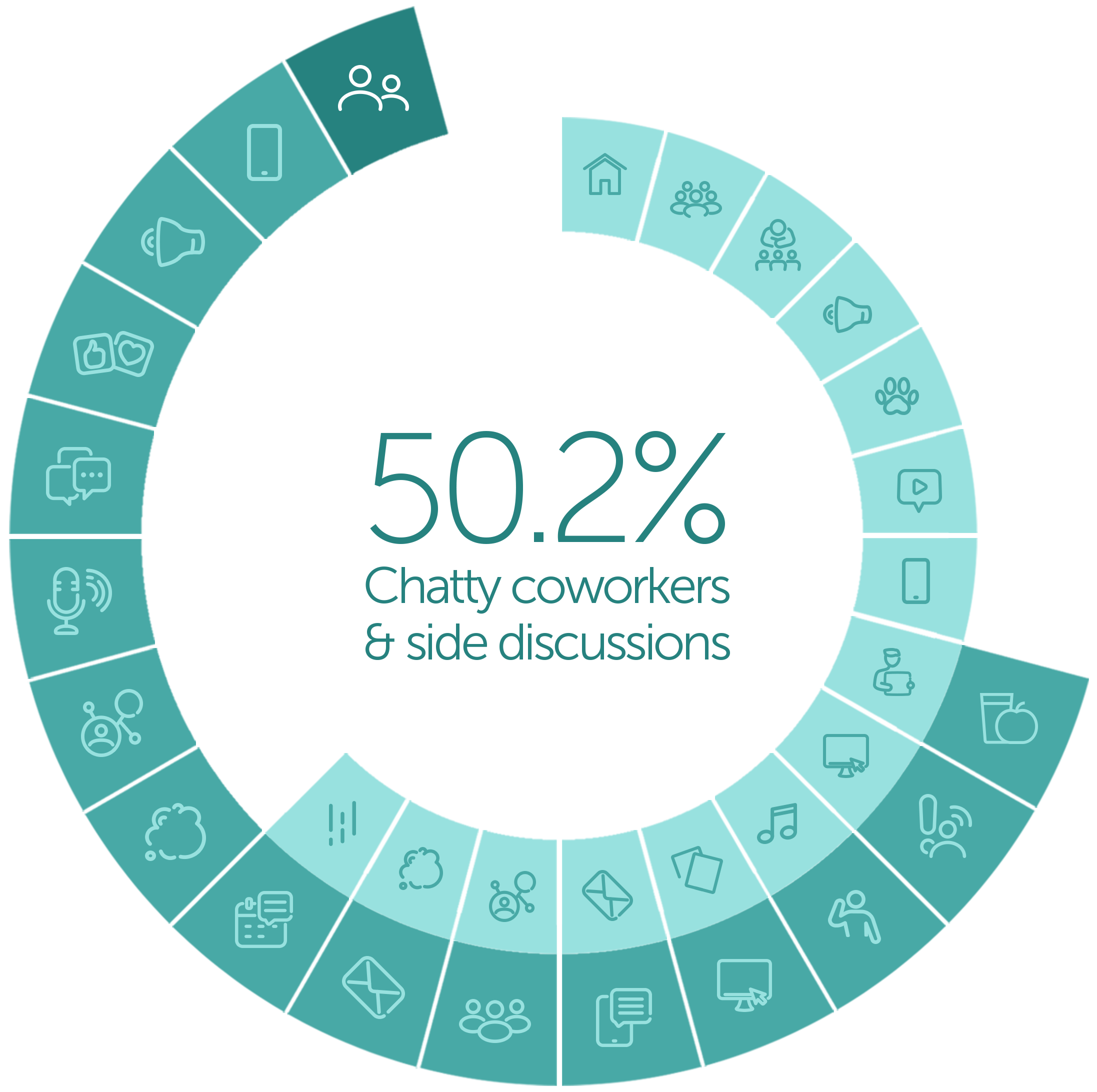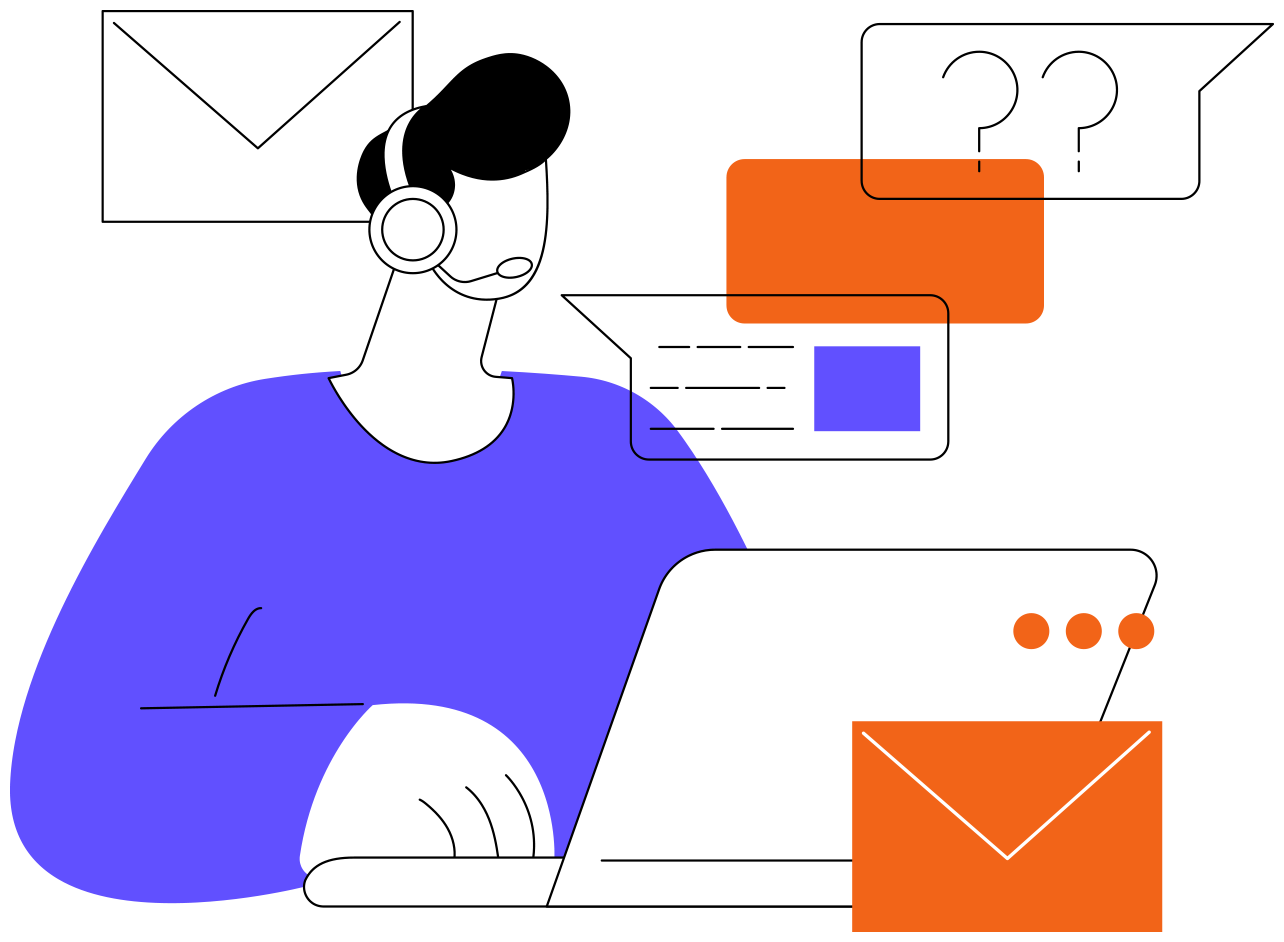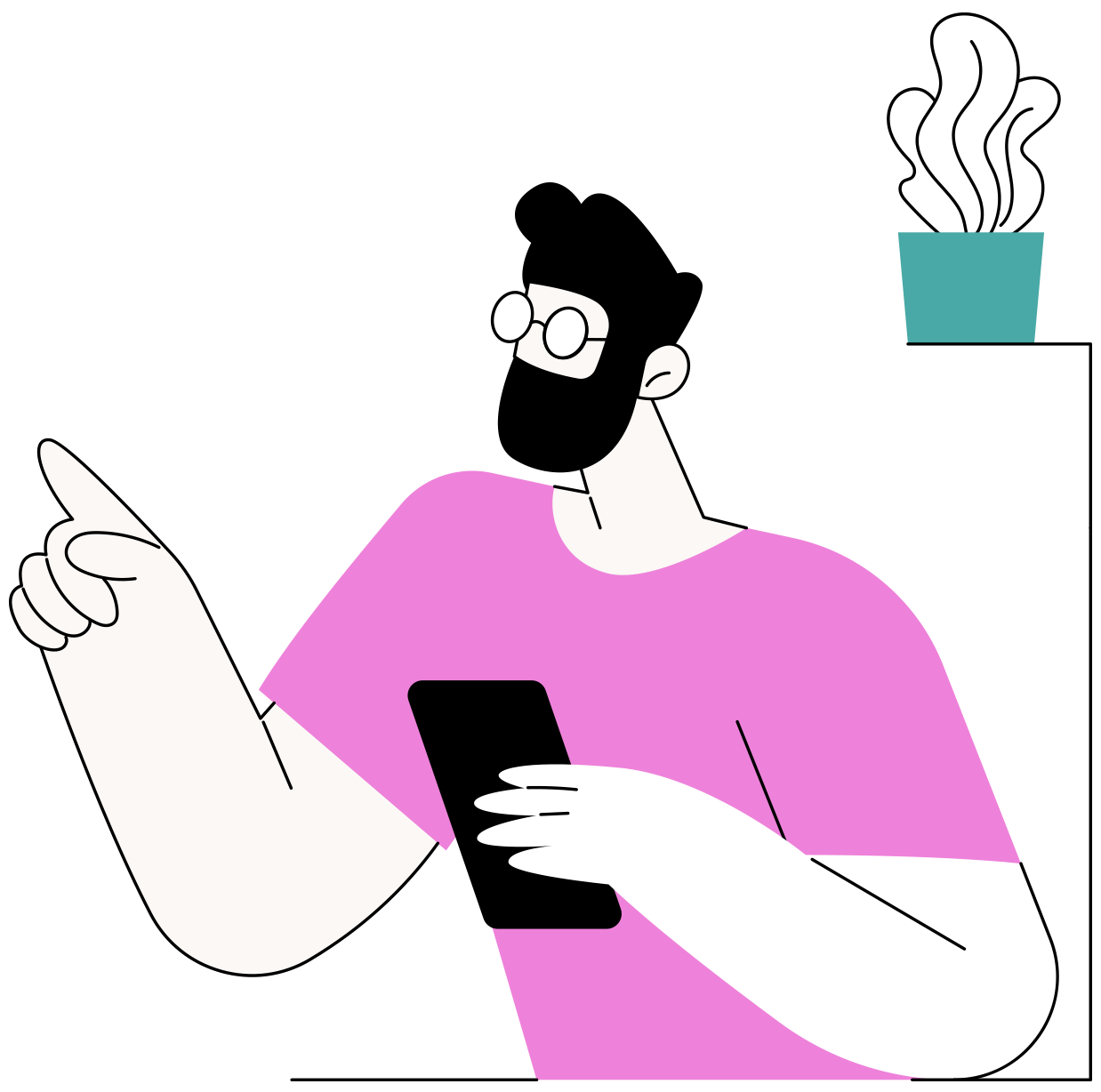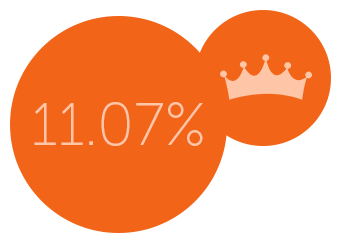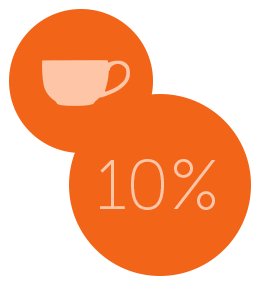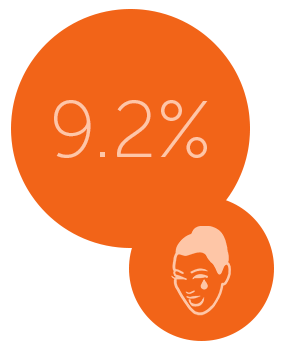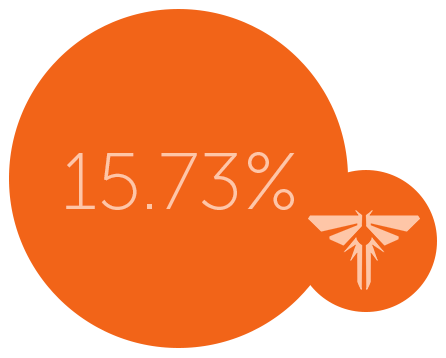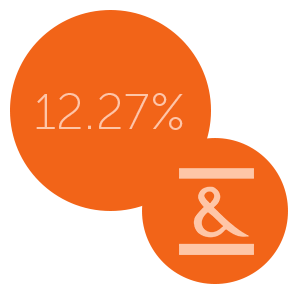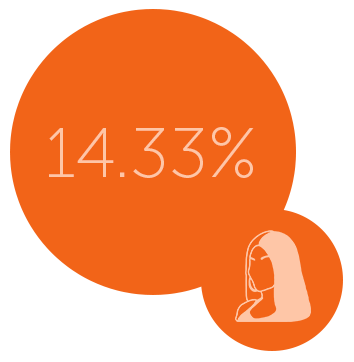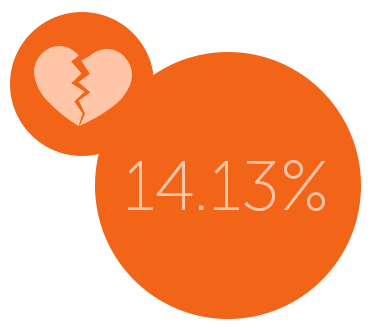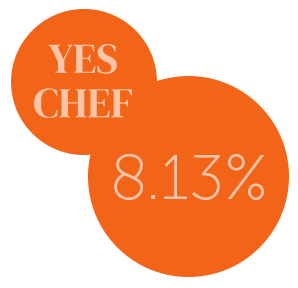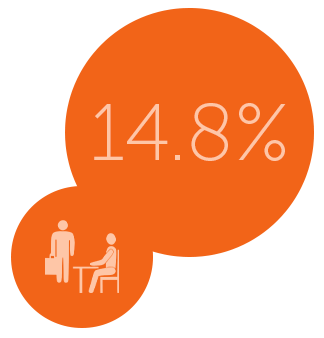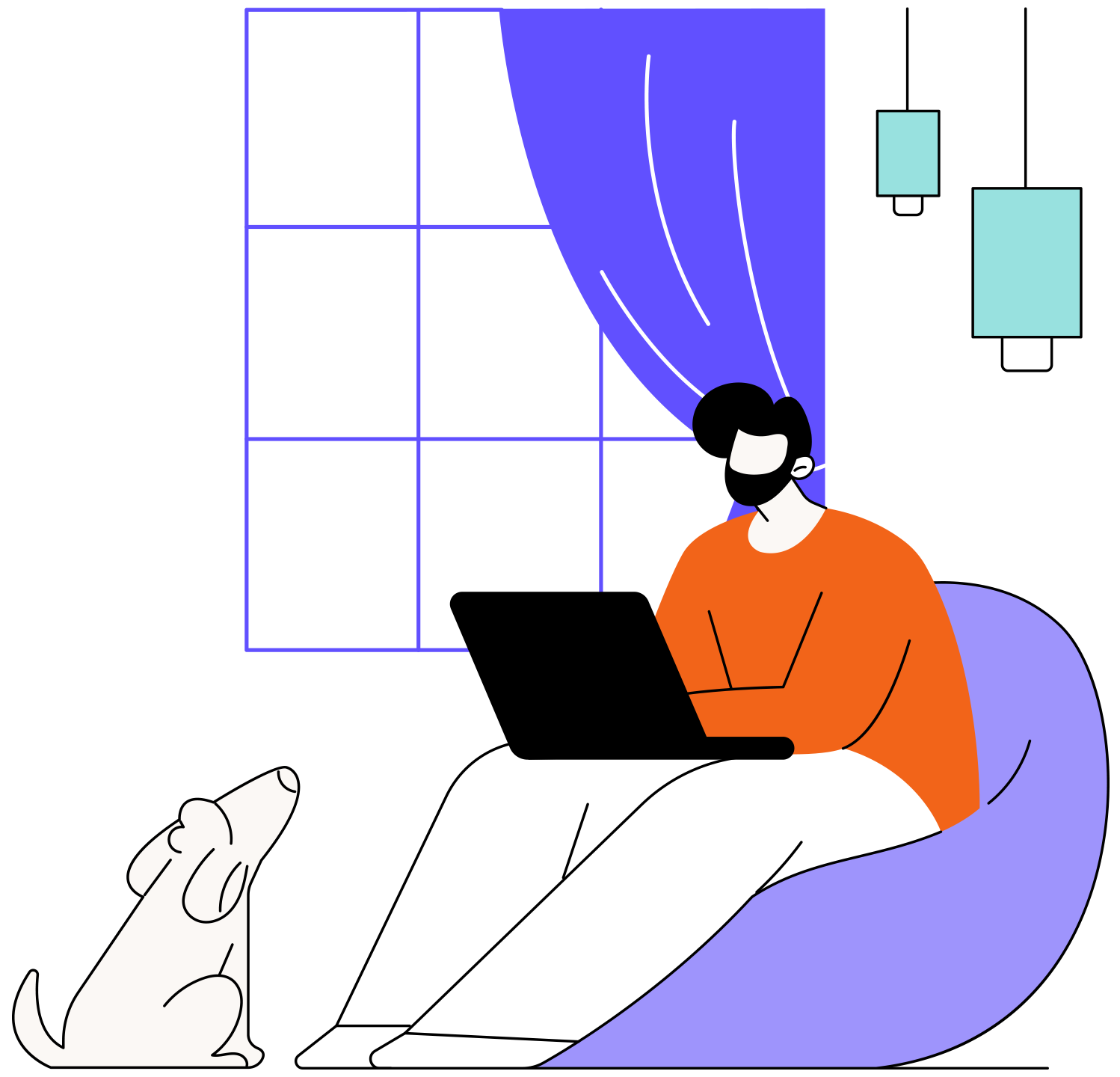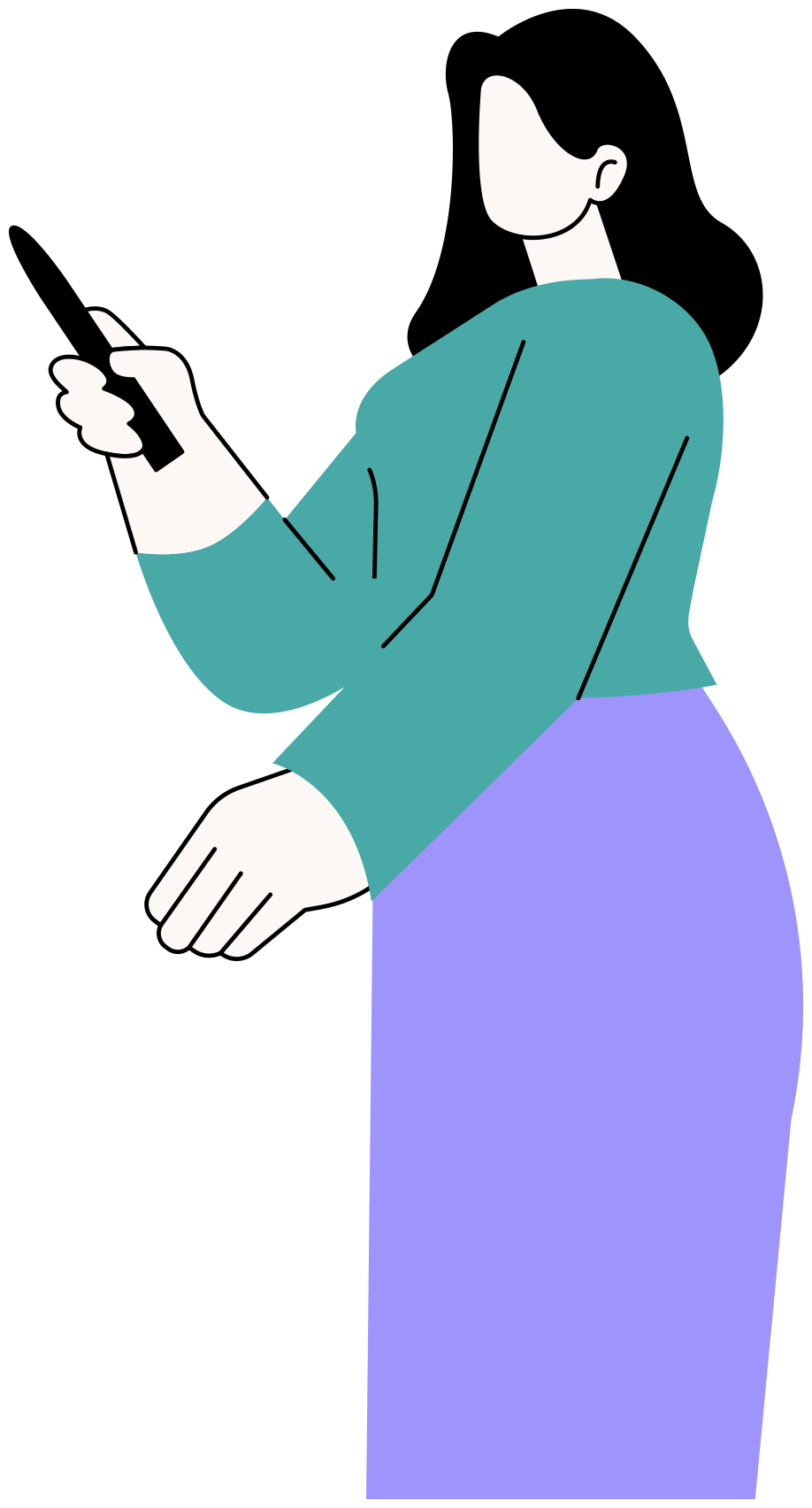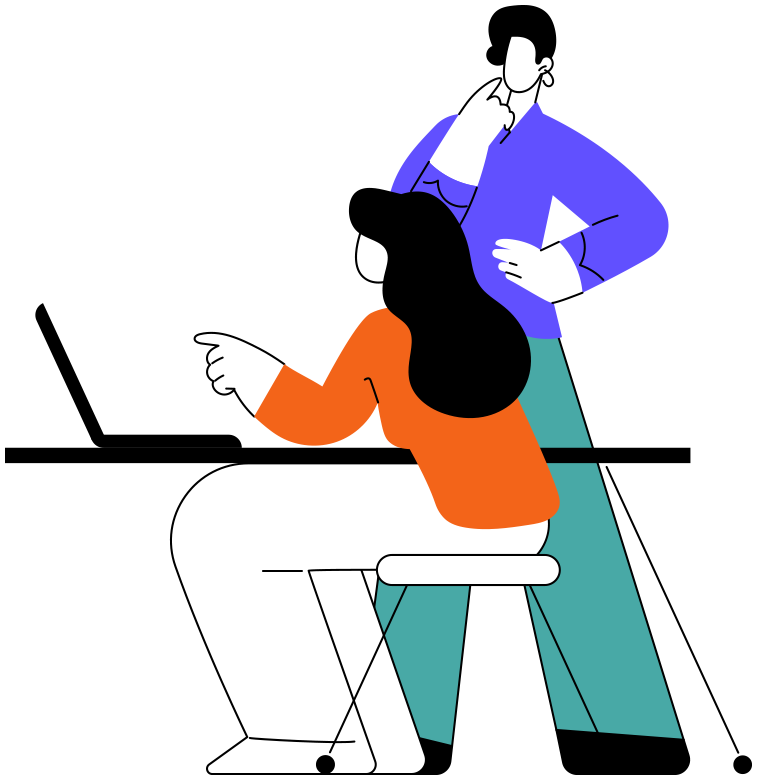
Top distractions at work killing productivity in 2023: Statistics
From push notifications on your phone to noisy coworkers and infinite scrolls on TikTok and Instagram, workplace distractions are everywhere and affect most Americans, limiting efficient workflows, preventing our ability to process information, and negatively affecting our productivity and focus.
An average of 6 hours and 33 minutes are lost weekly in the U.S. due to distractions. This equates to more than 26 hours per month in lost productivity.
And thanks to technology and social media, the obstacles that get in the way of productivity at work are seemingly endless.
To learn more, Workamajig surveyed over 1,600 U.S. employees across various industries to discover the most common productivity killers in the workplace and how much time is lost due to distractions while on the clock.
Besides revealing the most common distractions that cost businesses money, the study looked at how distractions impact productivity, the most distracted cities and how distractions vary per region, top distractions when working from home, and tips for maximizing productivity and managing distractions at work.
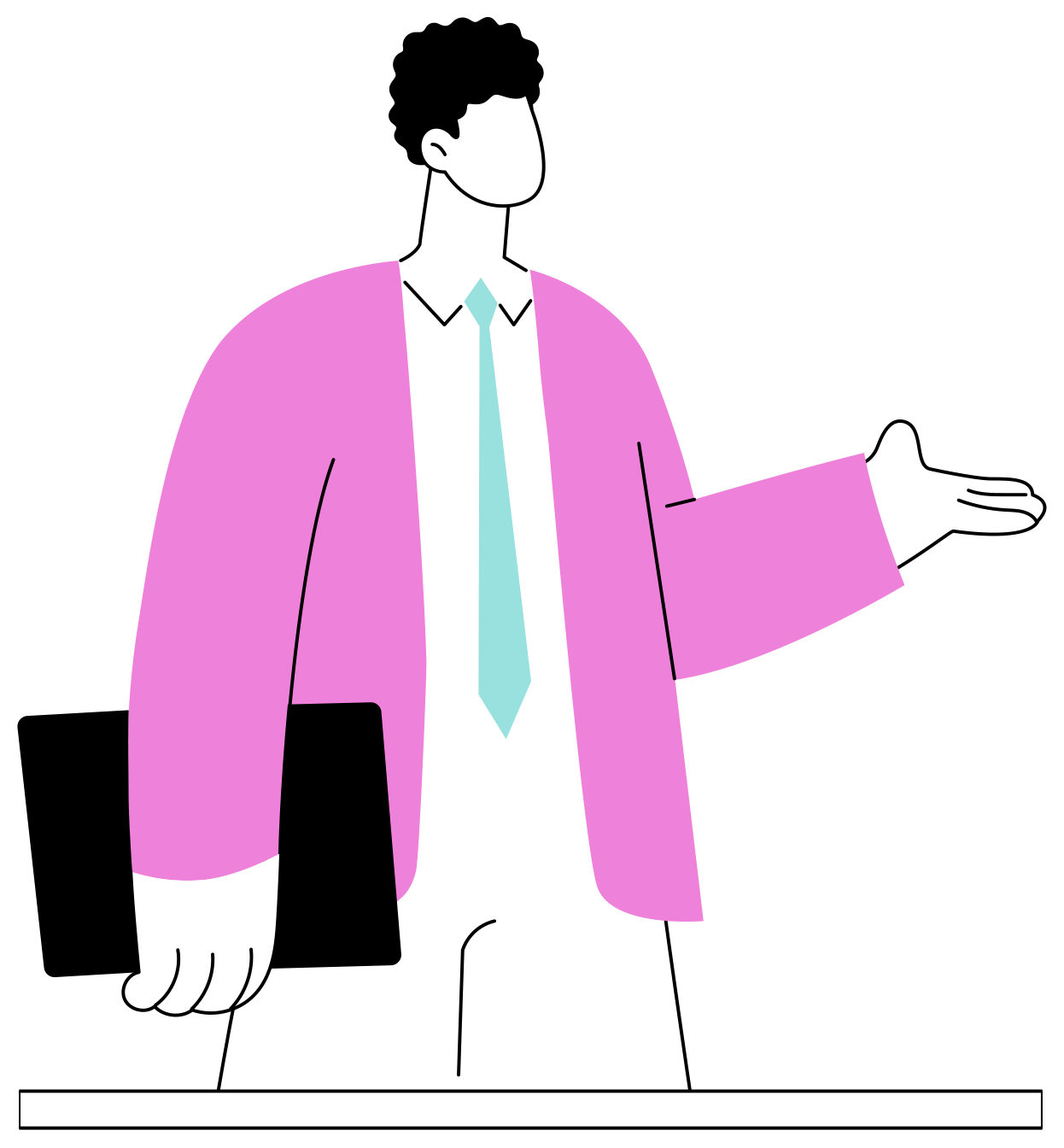
How distractions impact productivity: The cost of workplace distractions
According to a University of California study, we only spend an average of 12 minutes on a task before we're interrupted.1 And the same study found that after each interruption, it takes over 23 minutes to refocus, proving that recognizing our biggest workplace distractions is key to maximizing productivity.2
Our research shows that nearly 90% of U.S. workers get distracted at least once daily, and almost 1 in 4 are interrupted more than six times per workday.
Workplace distractions lead to productivity loss and can compromise the quality of work, impact coworkers who need to pick up the slack, and even cause profit loss for companies.
But how much time exactly is lost due to workplace distractions?


